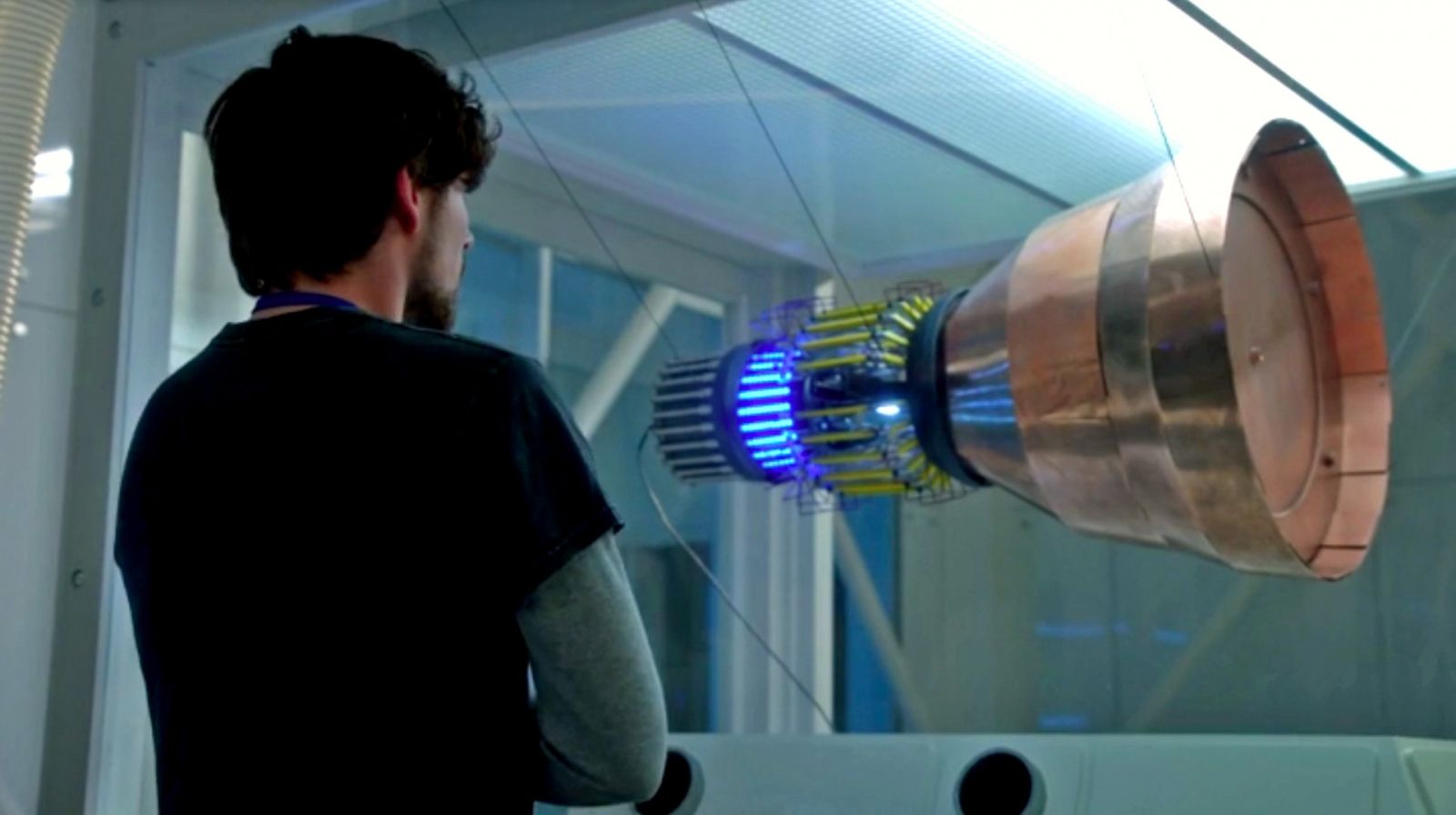
Get the latest international news and world events from around the world.


EmDrive: Designs for reusable launch vehicle and personal flight vehicle revealed
The inventor of the EmDrive, a controversial space propulsion device that may speed up space travel, has revealed details of how it could be used to create a reusable launch vehicle to take rockets and satellites into space, as well as for personal flight.
Roger Shawyer has published a presentation about the third generation of the EmDrive, which he says is an improvement on the second generation. The original concept for the EmDrive, developed in 2008, was designed to enable in-orbit propulsion. The second generation, which has been in development since 2010, uses a superconducting cavity.


Immortality: welcome to the transhumanist era
I’m excited to announce a feature on transhumanism and my governor run in one of Asia’s premier publications, the South China Morning Post. This is in their weekend magazine:
Enter Zoltan Istvan, the wannabe governor of California whose transhumanist agenda has influential fans, including dotcom billionaires hoping to live forever.
0 Share

DeepMind and Blizzard open StarCraft II as an AI research environment
DeepMind’s scientific mission is to push the boundaries of AI by developing systems that can learn to solve complex problems. To do this, we design agents and test their ability in a wide range of environments from the purpose-built DeepMind Lab to established games, such as Atari and Go.
Testing our agents in games that are not specifically designed for AI research, and where humans play well, is crucial to benchmark agent performance. That is why we, along with our partner Blizzard Entertainment, are excited to announce the release of SC2LE, a set of tools that we hope will accelerate AI research in the real-time strategy game StarCraft II. The SC2LE release includes:



There’s A Free Stock Waiting For You
This is the future of personal trading. Just like udacity free collage. This is free trading. No fees for sign up, no fees to buy stocks.
There’s A free stock waiting for you
Shane invited you to Robinhood! Sign up now to find out what free stock you’ll get. It could be a stock like Apple, Ford, or Sprint.
Futurist Gray Scott: We Can’t Ignore Our Psychological Future
Why are we often so wrong about how the future and future technology will reshape society and our personal lives? In this new video from the Galactic Public Archives, Futurist Gray Scott tells us why he thinks it is important to look at all aspects of the future.
Follow us on social media:
Twitter / Facebook / Instagram
Follow Gray Scott:
Paul Spiegel: Beyond retirement, a new social compact for the age of longevity
LEAF director Paul Spiegel at the recent ILC Sumit in Madrid discusses the society of the near future where people will exponentially increase their life expectancy. Aspects of work, leisure, pensions are discussed and the need for a new social contract.